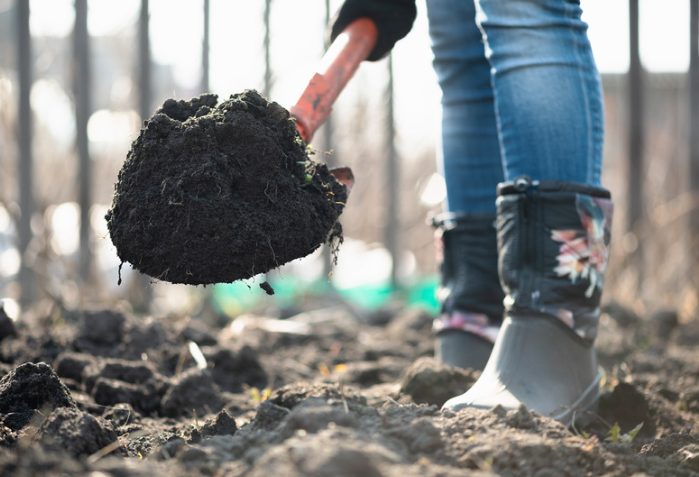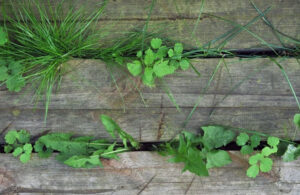How To Determine Your Soil Type: Determining soil type is an important step in creating a healthy and productive garden or landscape.
Understanding the soil composition, pH level, and texture can help you select the right plants, fertilizers, and other amendments to improve your soil and promote healthy plant growth.
In this article, we’ll discuss how to determine soil type and the best ways to correct common soil problems.
Soil Texture
The first step in determining soil type is to assess the soil texture. Soil texture refers to the size of the mineral particles in the soil and is usually classified as sandy, loamy, or clay. Sandy soils are composed of large, coarse particles and have a gritty feel. Loamy soils are a mixture of sand, silt, and clay particles and have a smooth, crumbly texture. Clay soils are composed of very fine particles and have a sticky, heavy feel.
To determine the soil texture, take a handful of soil from your garden or landscape and squeeze it tightly. If the soil falls apart when you open your hand, it is sandy. If the soil holds together in a clump and feels gritty, it is loamy. If the soil holds together in a tight ball and feels heavy, it is clay.
Soil pH
The next step in determining soil type is to assess the soil pH level. Soil pH is a measure of the acidity or alkalinity of the soil and is important because it affects nutrient availability and plant growth. Most plants prefer a soil pH between 6.0 and 7.0, although some plants prefer more acidic or alkaline soils.
To determine the soil pH level, you can use a soil pH test kit, which is available at most garden centres and online retailers. Simply follow the instructions on the kit to collect a soil sample and test the pH level.
Soil Amendments
Once you have determined your soil type and pH level, you can take steps to correct any soil problems and improve plant growth. Here are some common soil problems and the best ways to correct them:
Problem: Sandy soil
Solution: Sandy soils are prone to drying out quickly and are not able to hold onto nutrients very well. To improve sandy soil, you can add organic matter such as compost, manure, or shredded leaves to increase water retention and nutrient availability. You can also add a slow-release fertiliser to provide nutrients over time.
Problem: Clay soil
Solution: Clay soils are heavy and dense, making it difficult for roots to penetrate and water to drain. To improve clay soil, you can add organic matter such as compost or manure to improve drainage and aeration. I also recommend adding gypsum to break up the soil and improve soil structure.
Problem: Acidic soil
Solution: Acidic soils can be corrected by adding lime or wood ash to increase the pH level. You can also add organic matter such as compost or manure to buffer the soil and improve nutrient availability.
Problem: Alkaline soil
Solution: Alkaline soils can be corrected by adding sulphur or aluminium sulphate to decrease the pH level. You can also add organic matter such as compost or manure to buffer the soil and improve nutrient availability.
Essentially, determining soil type is an important step in creating a healthy and productive garden or landscape.
By assessing the soil texture and pH level, you can identify any soil problems and take steps to correct them.
By adding organic matter, fertilisers, and soil amendments, you can improve soil structure, nutrient availability, and plant growth.
With the right soil conditions, you can create a beautiful and thriving garden or landscape that will provide years of enjoyment once you learn How To Determine Your Soil Type.



